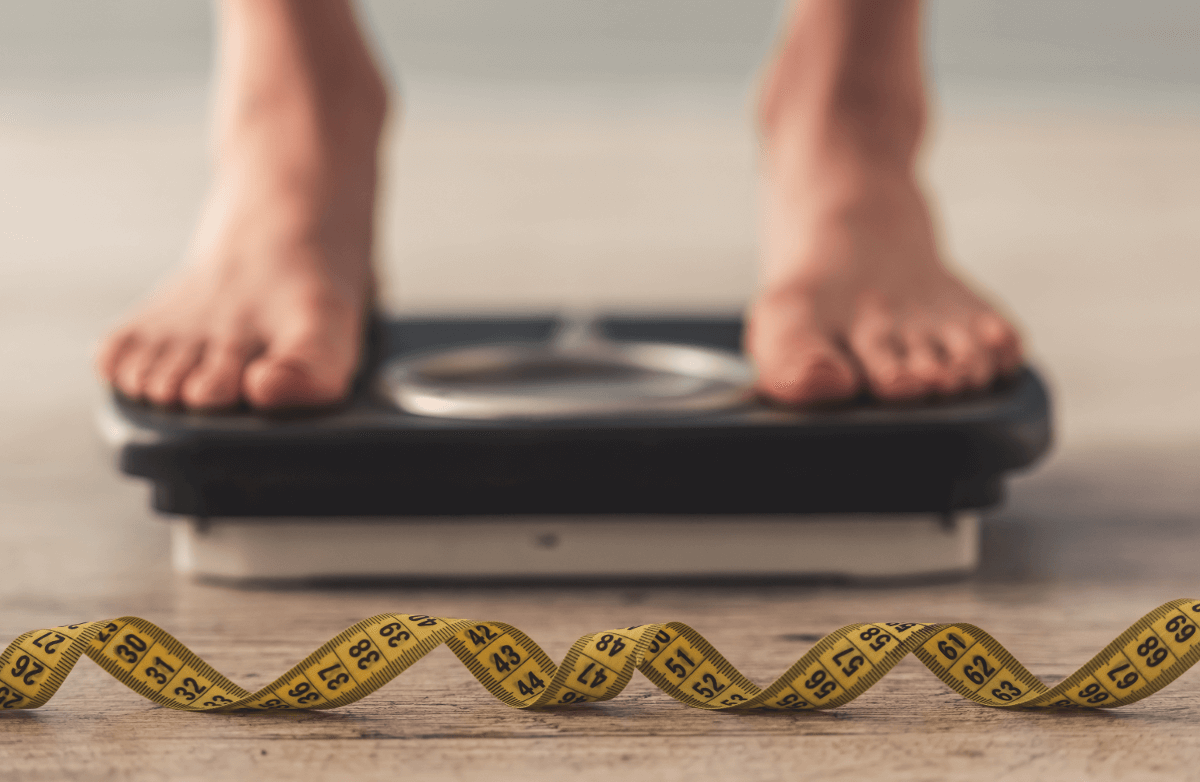Life today moves fast, and many of us juggle work, family, and personal commitments all at once. This constant stress can take a toll on your health, contributing to issues like poor sleep, emotional eating, and high blood pressure. While we can’t always escape to a tropical island, we can learn ways to manage stress that support both your body and mind.
It’s easy to reach for quick fixes—sweets, alcohol, or even scrolling endlessly on your phone—but these are temporary solutions that often create more stress in the long run.
Instead, try one (or more!) of these evidence-based relaxation techniques:
1. Deep Breathing
Deep breathing is simple, convenient, and can be done anywhere. It’s the foundation for many other relaxation practices. Take ten slow, deep breaths, filling your lungs completely, lifting your chest and expanding your belly, then exhale fully. With each breath, feel tension leaving your body and notice your muscles soften. Even a few minutes can calm your nervous system, lower your heart rate, and reduce feelings of stress.
2. Progressive Muscle Relaxation (PMR)
Stress often shows up as tight muscles. PMR teaches you to notice tension and release it intentionally. Sit comfortably and close your eyes. Start with one muscle group, like your fists. Squeeze tightly for a few seconds, then release. Consciously relax the muscles even more after letting go. Gradually work through all muscle groups, starting from your feet and moving up to your head. In just 10–20 minutes, you can deeply relax your entire body. Pairing PMR with deep breathing amplifies the effect.
3. Mental Imagery
Visualization helps your mind step away from stress by imagining peaceful, restorative scenes. Picture a place that makes you feel calm—like a meadow, forest, or beach. Engage all your senses: notice sounds, smells, textures, and colors. For quick relief at work, imagine stress flowing out of your body like water running off your back. Your brain responds to imagery as if it were real, giving you a mini “mental vacation” anytime you need it.
4. Meditation
Meditation is simply training your mind to focus and let go of distractions. Sit comfortably, close your eyes, and pay attention to your breathing. Notice each inhale and exhale. Let thoughts pass without judgment. You can also focus on a word, phrase, or visual object. Start with 10 minutes in the morning or before bed and gradually increase your practice. Meditation can improve focus, creativity, and emotional resilience—without any special equipment.
5. Relaxing Sounds
Music, nature sounds, or guided meditation tracks can help you unwind. Find playlists or apps that help you relax, meditate, or fall asleep faster. Even a few minutes of mindful listening can reduce tension and promote calm.
The Takeaway
Short-term stress is normal, but chronic stress can undermine your health and well-being. By practicing positive coping strategies—deep breathing, PMR, visualization, meditation, or mindful listening—you can reduce tension, stay centered, and maintain a healthy lifestyle, even when life gets hectic.
Peace of mind doesn’t require a vacation—it can be just one mindful breath away.
__________________________________
References
Dignity Health. Deep breathing techniques can relieve your stress. Retrieved from https://www.dignityhealth.org/articles/deep-breathing-techniques-can-relieve-your-stress
Cleveland Clinic.Guided imagery: Visualization for stress reduction. Retrieved from https://health.clevelandclinic.org/guided-imagery
American Psychological Association. Meditation: In depth. Retrieved from https://www.apa.org/topics/mindfulness/meditation













